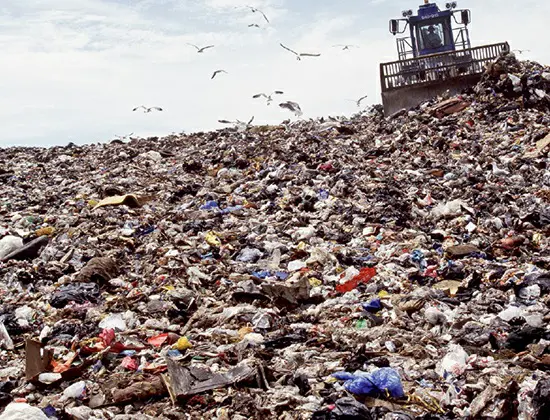Landfills have evolved significantly from the ancient middens discovered by archaeologists to modern, sophisticated waste management systems. With the growth of civilizations, especially since the advent of organized agriculture and the Industrial Revolution, managing increasing amounts of trash became a pressing concern for towns and cities. Early refuse sites, ranging from simple holes to large mounds of shells and manure, provide valuable insights into the daily lives of past societies.
However, as settlements expanded into cities, the accumulation of trash and human waste posed significant health risks. The spread of diseases and issues arising from open trash piles and burning waste necessitated a governmental response to waste management. This led to the development of landfills, an extension of the ancient midden concept, but with a focus on efficiency and sanitation.
One of the pioneering examples was the Fresno Sanitary Landfill, established in 1937 in California. It innovated beyond the traditional practice of merely burying trash in holes. Instead, waste was deposited into trenches, mechanically compacted, and covered daily with a layer of soil. This approach effectively addressed problems like rodents, debris, and odors, and facilitated faster decomposition of organic waste.
The Fresno landfill, which closed in 1987 after reaching capacity, marked a significant milestone in landfill technology. It is recognized as a prototype for modern landfill practices and has been designated as a US National Historic Landmark and listed in the National Register of Historic Places.

